Mellor, a small village established during the cotton revolution, sitting in the foothills of the Pennines is arguably the remotest village in Greater Manchester. Historically it was in Derbyshire, incorporated into Cheshire in 1936, and finally gobbled up by Greater Manchester in 1974. Though it is an ancient village, the main road through it, Longhurst Lane, is comparatively modern having been constructed around 1800. Prior to its construction the route from Marple Bridge, or Ludworth as it would have then been known, was along Town Street, and probably not the Town Street we know today, but one which ran behind the row of shops, then up and over Low Lea Road (again a different route from the current way: it was originally along the eastern bank of the River Goyt), around the front of Oldknow’s Mellor Mill to Bottoms Hall, and then up Old Hall Lane to near the Royal Oak.
Following the demise of the textile industry at the turn of the 20th century many of the former local mill owners and other land barons sold off their land for property development. The Duke of Norfolk sold the land around Ludworth, in Mellor the Arkwright family sold their land to the south of Longhurst Lane, and the land to the north of Longhurst Lane was sold off by the Jowett family.
The only houses along the route, some of which had been farm dwellings, were a few stone built cottages below Moor End. The new ribbon development along Longhurst Lane were all constructed from red brick and eventually sprang up all the way from Moor End down to Marple Bridge.
As the plots were sold off and the new occupants had moved into their new homes, the houses were given names. Apparently, house numbers weren’t allocated until the 1960s, so a letter addressed to , Mellor was sufficient.
Some of the names seem self-apparent: Bluebell Cottage, Laburnum House, The Elm, Apple Tree, Ash Dean, and Oak Bungalow no doubt reflect a tree or plants that were, and perhaps still are, on the plot of land. Some may commemorate a memory, a holiday, or place deep in within somebody’s heart – somewhere visited or loved: Beaumont, Braemar, Colmar, Hafod, Normandy, Pentraith, Rawcliffe, and Windgather. Others reflect their position within the village: The Meadows, Knowle Bank, Townscliffe, and High Mead. Some have had their names changed with different owners, and some have seemingly obscure names, the reason yet to be discovered.
But what’s the origin of 267 Longhurst Lane which is intriguingly named Yegoryevsk?

Yegoryevsk is actually a town in Russia on the River Guslitsa, about 70 miles southeast of Moscow which I suspect none of us will ever have heard of. Correctly in Cyrillic its name is Его́рьевск.
The town is fairly small and rural but has lots of gorgeous and distinctive old style wooden buildings together with more recent brightly coloured developments. The town is named in honour of St George (The Russian name Egor or Yegor is derived from the Greek name Georgios) – the same St George honoured on the English national flag.


So why does a house in Mellor commemorate Yegoryevsk?
Interestingly in Mellor, a village which once had more than 20 mills, the link is, surprise surprise a textile mill! and I believe the link to be a significant, but perhaps little-known, piece of the industrial revolution that shouldn’t be forgotten.
By 1911 the first owners of 267 Longhurst Lane was William Henry Bennett and his wife Nellie. William Henry had been a salesman (possibly a textile salesman) in Eccles. They had married in 1903 when they were both 30. By 1911 he was a woollen manufacturers’ agent and had moved to Mellor with three of his six children. Nellie had been born in Oldham in 1873 to John and Martha Bolton. Her father worked for Howard & Bullough Ltd, a cotton mill machinery manufacturer from Accrington.

By the late 1800’s the Industrial Revolution had finished in Britain, but some companies, including Howard & Bullough, were making good money exporting technology developed in the UK. They had substantial business interests in Russia, a country that was undergoing a huge ‘technology transfer’ using British engineering and processes in their growing number of cotton mills. Expertise was in such short supply that British firms sent out their own skilled engineers and managers to install and run Russia’s new enterprises. So many went that the city of Ivanovo, about 70 miles north-east of Yegoryevsk developed into a major cotton manufacturing centre and became known as ‘Russia’s Manchester’.

Around 1876 when Nellie was just a few years old her father John Bolton was part of a team sent to Yegoryevsk to manage a textile mill owned by the Khludov family.
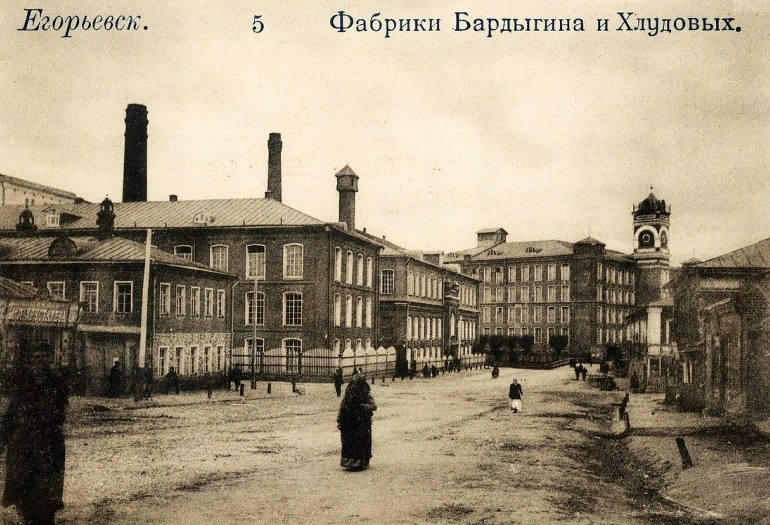
The large factory complex designed by a British architect Thomas Godson had been constructed between 1842 and 1845. Apparently, the Khludovs’ told him to include a feature within the building that would remind the ex-pat Brits in Yegoryevsk of home, and so the mill included a tall central staircase with a large clock on all four sides. It was christened the ‘Yegoryevsk Big Ben’. John Bolton worked as the spinning master and had four more children (Harry, Clara, Leeza, and John Buckley) whilst he was living there.

Khludov’s mill provided work for lots of the rural community and as soon as the factory was built, the city’s population began to increase, and so new homes, a hospital, and a school were built were built for the workers.


By 1893 Khludov’s mill had almost 1,000 looms and over 5,000 employees – but there was unrest. Russia at that time was going through huge changes within a background of political and cultural turmoil.
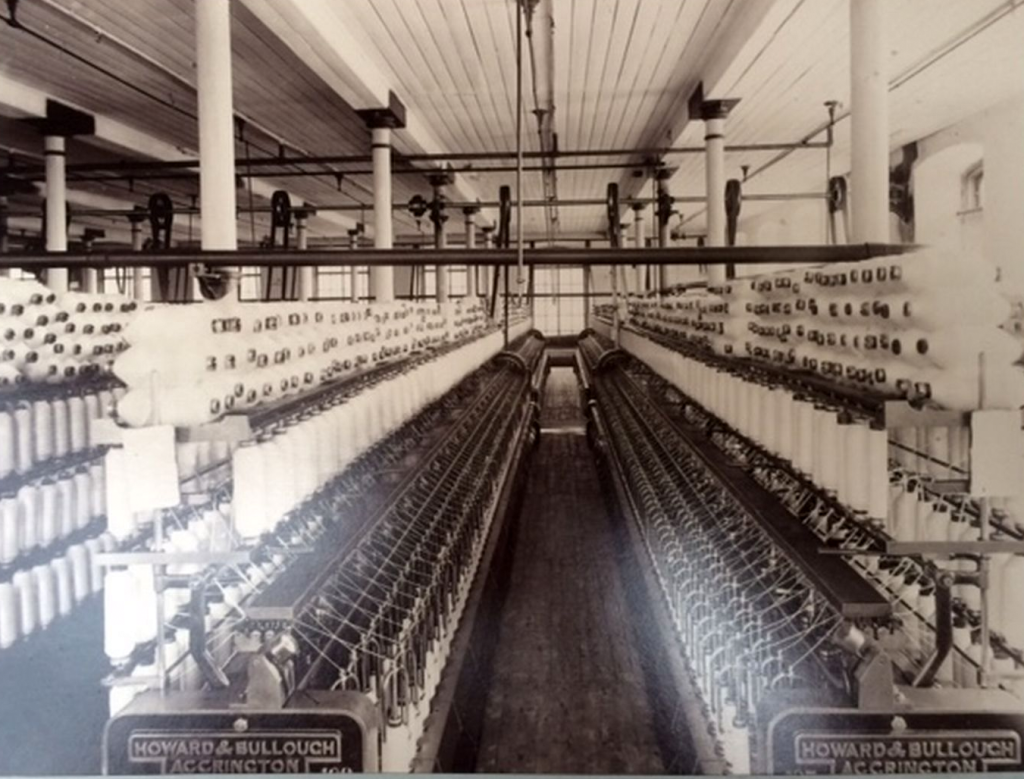
The workers were unhappy and resented the British management whom they considered to be aloof, rude, unwilling to learn the Russian language, and only interested in making themselves money. The only exception was John Bolton who was sympathetic to their needs, learned to speak Russian, and stood up for the rights of the local workers.

The anti-British resentment came to a head in 1893 when a group of women and children from the weaving mill started a riot. An angry mob formed, smashed into the factory office, broke into the safe, tore up books, destroyed furniture, pillaged the factory store, and then surged towards the private quarters of the administration with the intention to kill the British managers.
Fortunately, nobody was harmed but all the English managers were replaced …..
with the exception of John Bolton, who not only stayed, but went on to become a respected director of the company. Such was the respect for him that in 1895, two years after the riots, to celebrate the 50th anniversary of the mill he was presented with a huge photograph album and a personalised commemorative medal made by Fyodor Lorie, a craftsman who had once worked with the world-renowned jeweller Faberge. Both the photograph album and medal still exist and have been inherited by descendant Paul Bolton and were featured on the BBC’s Antiques Roadshow in 2015.

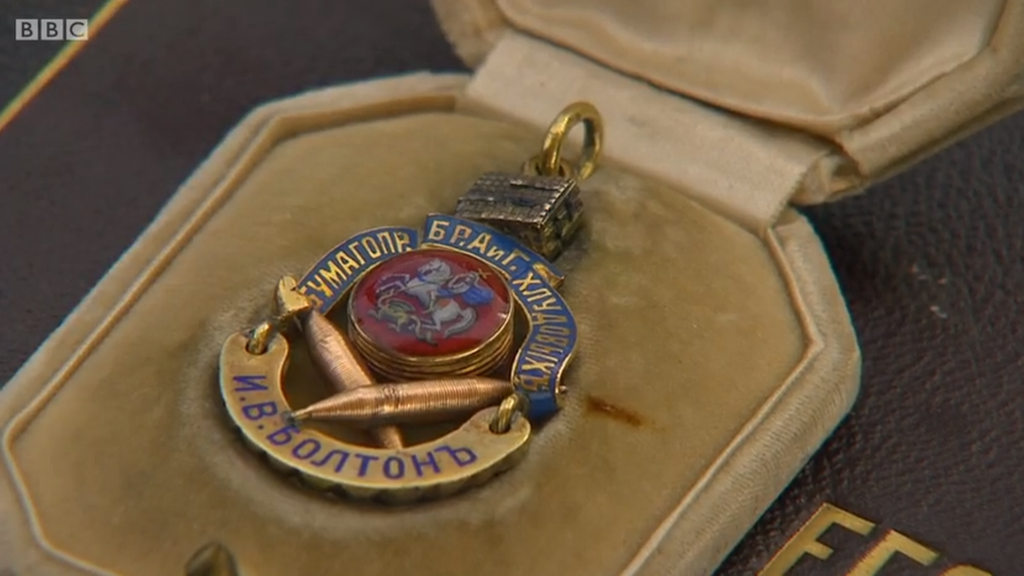
By the end of the 19th century, John Bolton had spent more than twenty years working in Russia and for whatever reason returned to England and retired. The mill was ‘nationalised’ during the Russian Revolution of 1918, renamed to Вождь пролетариат which means Leader of the Proletariat (workers), and restarted manufacturing in 1920. It was even awarded ‘The Order of the Red Banner of Labour’ by the Soviet government and an impressive plaque is still mounted on the wall above the entrance to the mill.
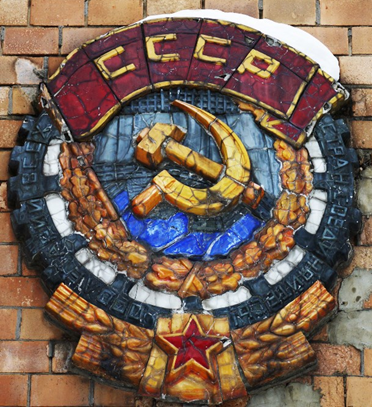
The inscription reads Пролетарии всех стран, соединяйтесь – Proletarians (workers) of the World, unite!”
The 1901 census lists John as a Mill Manager (retired), with his wife Martha living at 38 Gilda Brook Road, Pendleton, Salford. Their time in Russia had obviously made a big impression on the Boltons’ as interestingly, the house was also called Yegoryevsk. It’s sadly now gone, demolished to make way for wider roads and commercial developments. Living with them at that time in Pendleton were Nellie who had been born in Oldham, her sister Clara and brother John, both of whom had been born in Russia.
John Bolton died in 1904, and shortly after Nellie had married William Henry Bennett. Martha was still living in Pendleton in 1911 but soon after she moved from the Salford Yegoryevsk to the Mellor Yegoryevsk to be with Nellie.
Although it’s quite a large house it must have been quite busy as Nellie and William Henry had five children Norman, Arnold, Nancy, Mary, and Bunny. Norman and sister Mary both married into the famous Oxley Threads family.
Norman married Winifred Oxley and moved just two doors down Longhurst Lane into a house at that time named Holling Mount which sometime later changed to Brackenboro.

Martha died at Yegoryevsk on Longhurst Lane in 1919. Norman and Winifred had two children, Jill and Roger born in the 1930s. By 1937 they had moved from Brackenboro to a new house Gorse Hill on Gibb Lane.
Arnold Bennett stayed within the industry and was sent to Colmar to learn about the French textile business. When he returned home, he moved into a house further down Longhurst Lane which he fittingly named Colmar. He stayed there until after his mother Nellie had died at which point he moved back up Longhurst Lane to Yegoryevsk to help look after his father Willian Henry.
Jill Bennett married Bob Watson and spent some time in Kenya before settling back home and moving in to Tanpit Cottage on the banks of Mellor Brook in Marple Bridge. Her brother Roger lives just a few doors up from Yegoryevsk at 279 Longhurst Lane (The Gables) and her son David now lives in her father’s old house Gorse Hill. She has a wonderful leather-bound photo album produced in Russia which her father had inherited.

Khludov’s mill in Yegoryevsk still stands and after a recent renovation looks magnificent. Sadly, like most of the mills in the UK it no longer produces any form of textile; its spaces leased out for offices and units. The clock tower though is still affectionately known as the Yegoryevsk Big Ben but I’m not sure it works too well – the time appears to be different on the four clock faces.


Many thanks to:
Jill and David Watson
Paul Bolton who is a descendant of Harry Bolton and who inherited the Fyodor Lorie medal and photograph Album from John Bolton
John Birchall also a descendant of Harry Bolton’s wife Gertrude Birchall and has researched the family history and produced a superb blog
Christine and Peter, the present owners of Yegoryevsk 267 Longhurst Lane for allowing me to photograph the house
Nadya Skachkova who provided some background information and eloquently presents, in English, the Yegoryevsk Big Ben in a YouTube video.
Tatya Afanaseva for her excellent blog and photos of Yegoryevsk
Neil Mullineux and Alison Pleszak for proof reading
Links:
https://www.themeister.co.uk/birchall/bolton_john.htm
https://www.lancashiretelegraph.co.uk/news/12926435.accrington-mans-russian-pendant-valued-5k-bbcs-antiques-roadshow/
https://www.lancs.live/news/19th-century-russian-medallion-antiques-9184954
https://www.redeveloper.ru/redeveloperskie-proekty/potential/fabrika-khludovykh-egorevsk-rossiya/
https://www.youtube.com/watch?v=7ssR1Vbdz3w
http://www.users.globalnet.co.uk/~wgh/boyhood.htm
https://myslo.ru/club/blog/gulbarij/sTVYkoK_qE6KPHTwbZrvPA
The History of 111 Longhurst Lane
http://www.mellorarchaeology-2000-2010.org.uk/history/historyofahouse.htm
My other Mellor related blogs:
Mellor History Maps
https://pleszak.blog/2022/03/16/mellor-history-maps/
Ludworth Moor Colliery
https://pleszak.blog/2021/12/13/ludworth-moor-colliery/
Oldknow’s Seat
https://pleszak.blog/2021/08/18/oldknows-seat/
MELLOR – A TALE OF THREE GOLF CLUBS
https://pleszak.blog/2020/04/07/mellor-a-tale-of-three-golf-clubs/
Mellor Church: Poems & Paintings
https://pleszak.blog/2020/01/23/mellor-church-poems/
Mellor village historical sites
https://pleszak.blog/2022/07/20/mellors-historical-sites/
Additional photos:

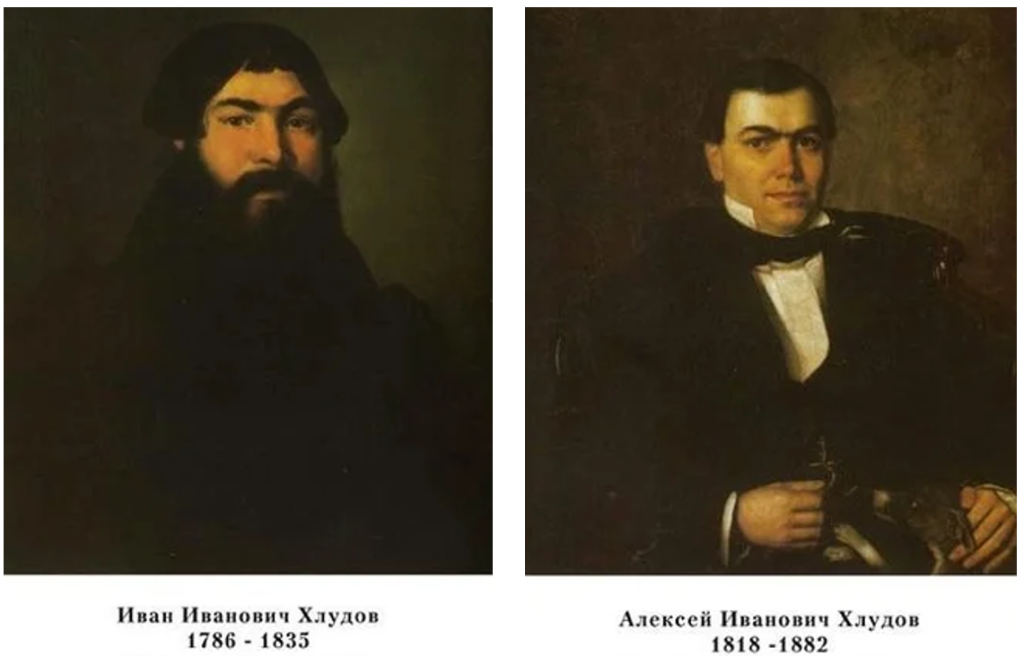
Aleksei Khludov came to England in 1844 to purchase equipment for his factories. His son, Ivan Alekseyevich Khludov (1839-1868) had worked in Bremen before being sent to England to study the English cotton market. In 1860 he went to the United States to study cotton production and managed the American end of Khludov’s cotton business. Following the outbreak of the American Civil War the Khludov’s opened an office in Liverpool to handle cotton imports into Russia, and became cotton suppliers to a number of mills in Russia.

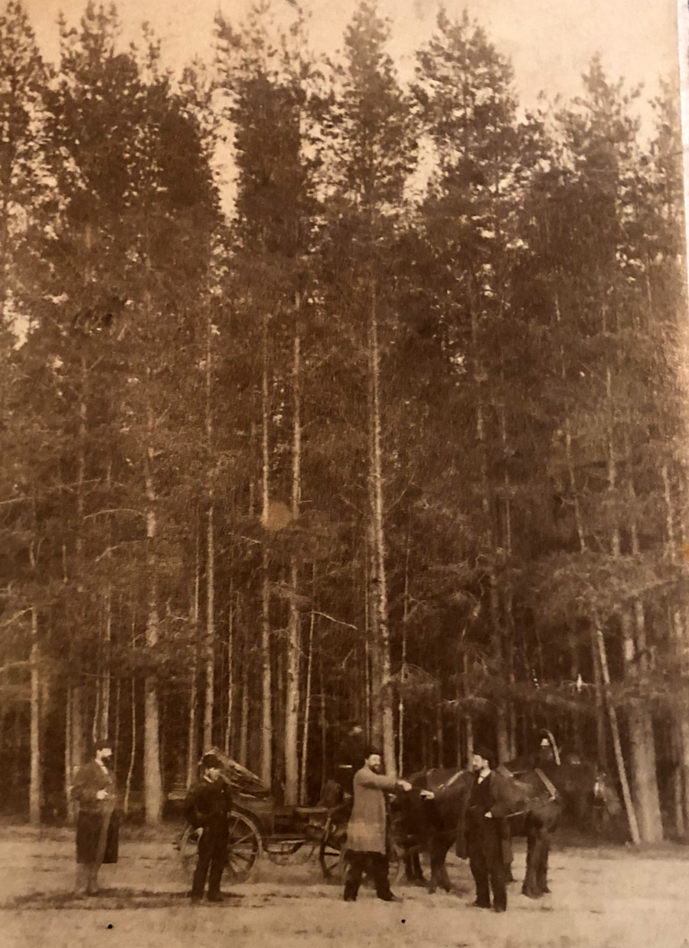
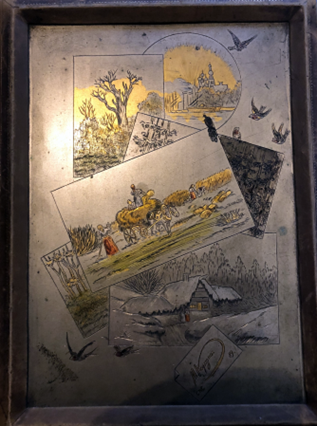

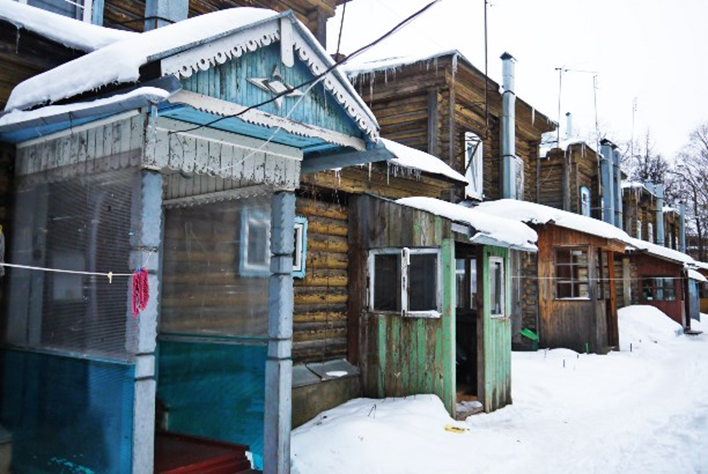



Thanks Frank.
Where I lived on Stockport Road Denton was originally called West View, before it was numbered.
LikeLike
Thanks Andrew. Was this in the area of Denton called Burton Nook? Also, if you are interested I’m doing a talk on Tuesday 2 August in Haughton Green about the Dambusters.
LikeLike
Absolutely fascinating! My first job was working for the Calico Printers’ Association at Buckton Vale Print and Dye Works at Carrbrook, Stalybridge as had my mother, father, grandfather and various aunties, uncles and cousins before me.
LikeLike
Thanks Clive. My brother lived on Castle Drive so I knew Carrbrook really well.
LikeLike
A master piece Frank!
Best wishes Diana Watson x
LikeLike
This is so brilliant – I knew a lot of this but not all and some of the pics I’ve never seen before. I am Nadine, Arnold Bennett’s granddaughter.
LikeLike
Hi Nadine, I’m so glad you enjoyed it. I saw your name when I was going through the family tree.
LikeLike